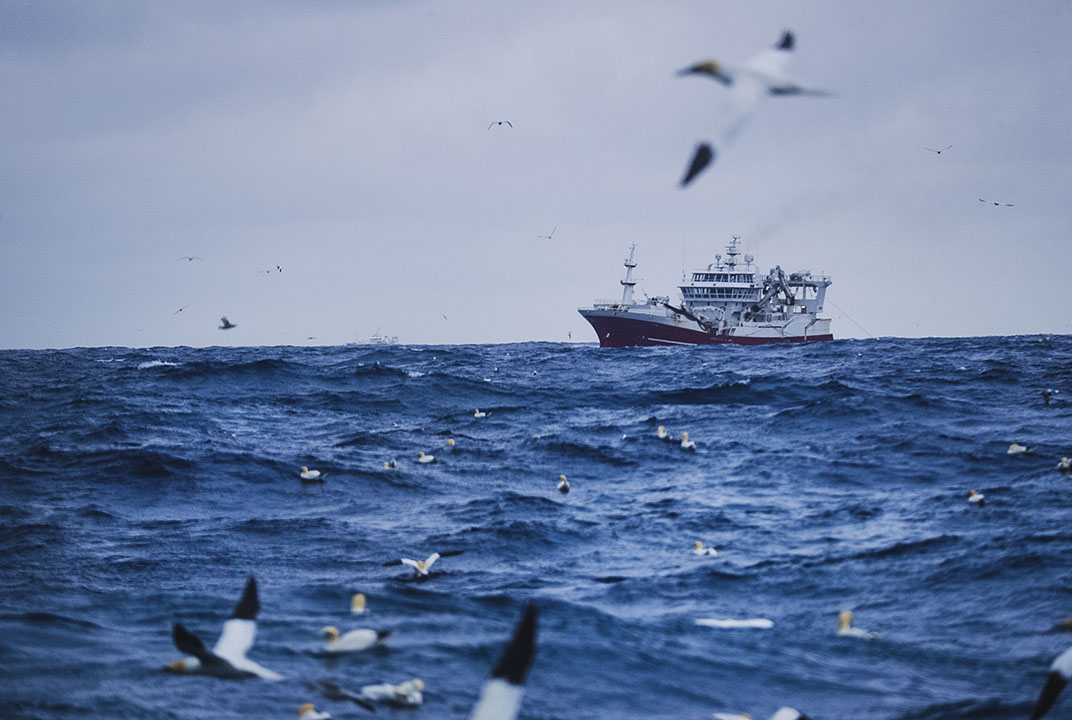Insight | Case study: Korean Fisheries Monitoring Center
Case study: Korean Fisheries Monitoring Center
null
Preventing Illegal, Unreported and Unregulated (IUU) Fishing.
IUU fishing was damaging the Republic of Korea’s international reputation.
The US identified Korea as having vessels engaged in IUU fishing in the CCMLAR area in January 2013. The EU also yellow-carded Korea on November 26 2013 for illegal activities by some Korean-flagged fishing vessels in West African waters, and the non-existence of a monitoring system.
Korea needed to take serious actions in the fight against IUU fishing so as to avoid a negative impact on fisheries exports as well as to influence the fundamentals of Korea’s distant water fisheries industry.
The Ministry of Oceans and Fisheries has management responsibility for this issue. The Fisheries Monitoring Center (FMC), as an affiliated government agency, conducts MCS (Monitoring, Control, and Surveillance) activities on Korean distant water fishing vessels.
Before the monitoring center satellite solution was implemented, specific areas were monitored by a system that did not function optimally because of maintanance difficulties. This was compounded by the government being unable to monitor or control IUU fishing vessels efficiently due to the absence of dedicated personnel to operate such a system. Korean distant water vessels were using three different satellite units, i.e. Argos, Iridium and Inmarsat C. To standardise the system the government worked with Inmarsat partner KT Sat to distribute Inmarsat’s IsatData Pro (IDP) units to vessels with no on-board Vessel Monitoring System (VMS)” within a short period of time, thus facilitating the operation of the FMC.
The solution
The Electronic Reporting System Korean distant water fishing vessels used to transmit their positions by using one of the three different satellite systems (Argos, Iridium, Inmarsat). Since the Electronic Reporting System (ERS) was implemented in September 2015, all distant water fishing vessels have been required to transmit positions as well as logbook entries through IDP, a solution that is capable of two-way satellite communication.
At present, 230 distant water fishing vessels and 70 offshore squid jigging vessels are fitted with the units.
Inmarsat’s IsatData Pro service provides global satellite network coverage and data transmission to track and monitor Korean fishing vessels across the world.
The Fisheries Monitoring System (FMS) is designed to receive VMS messages from all satellite systems on an hourly basis. When necessary, the frequency can be reduced down to one minute, enabling monitoring agents to perform more targeted monitoring.
The FMC conducts routine monitoring of vessel tracks and their movement. Upon detection of any suspicious behavior, the FMS issues automatic alerts so that monitoring agents can give direct instructions to vessels and vessels operators.
Related service
The results
The Korean government now boasts a robust and comprehensive monitoring and control system, receiving positions and logbook entries electronically from all distant water fishing vessels. This system played a significant role in the decision by the EU and the US to remove Korea from the preliminary IUU country lists. Also, the FMC has been visited by over 200 delegates and experts from all parts of the world, thereby increasing its transparency and reliability in the management of distant water fishing vessels.
Chris Kim, Business Manager – Maritime Service Team, Satellite Service Division at KT Sat, said: “We are glad that we could play a role in establishing the Korean Fisheries Monitoring System. We also are very happy to deliver our valued maritime satellite solution to our Government. The Korean Government was pleased with the service as it increased safety levels of domestic vessels and their crew, and also eliminated many international disputes by complying with the IUU guidelines.”
IsatData Pro key features
- Send electronic documents including logistics, forms and billing signatures
- Text-message captains and remote teams
- Collect and send logs required to meet transportation and government regulations
- Collect and transmit telemetry information from vehicles and heavy equipment
- Download report logs from environmental data logging equipment
- Send pressure, volume and other sensor information from remote well sites
- Aggregate, monitor and communicate information from smart grid sensors in near real-time


